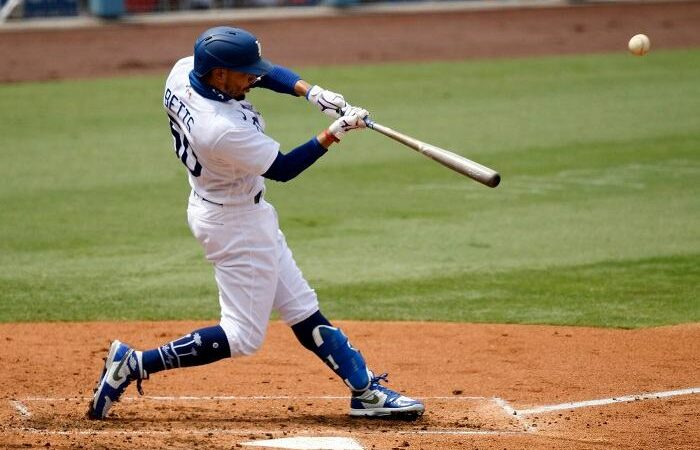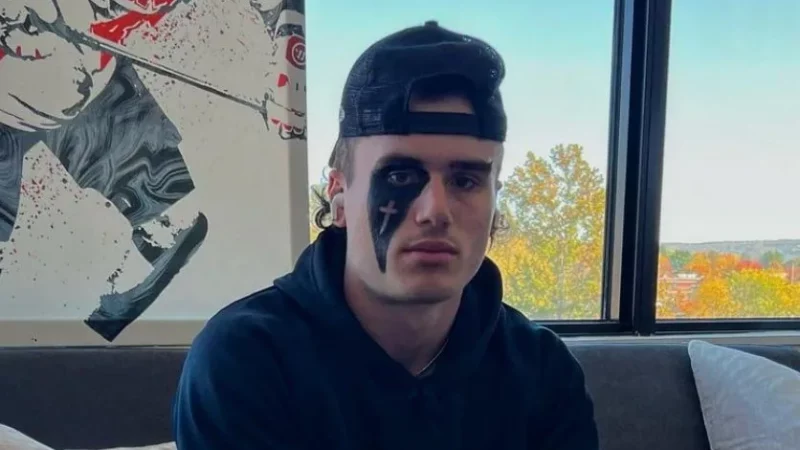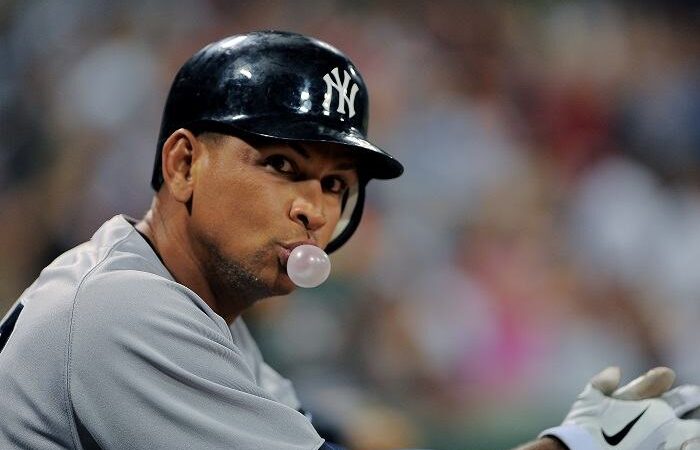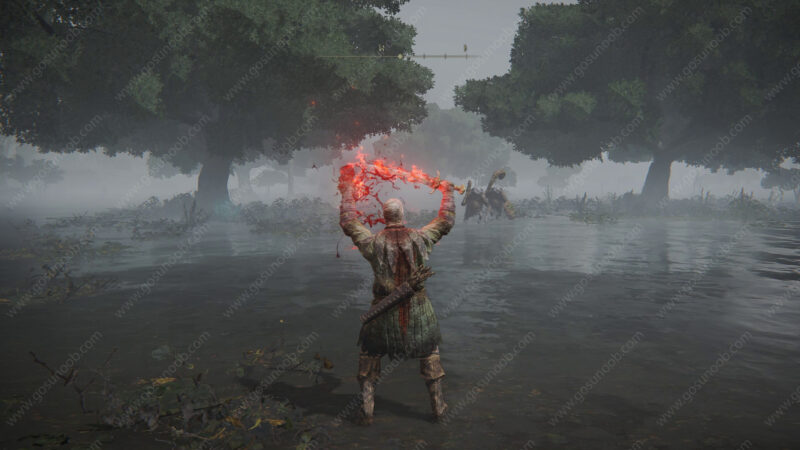Dropped Third Strike Rule: Complete Guide 2023
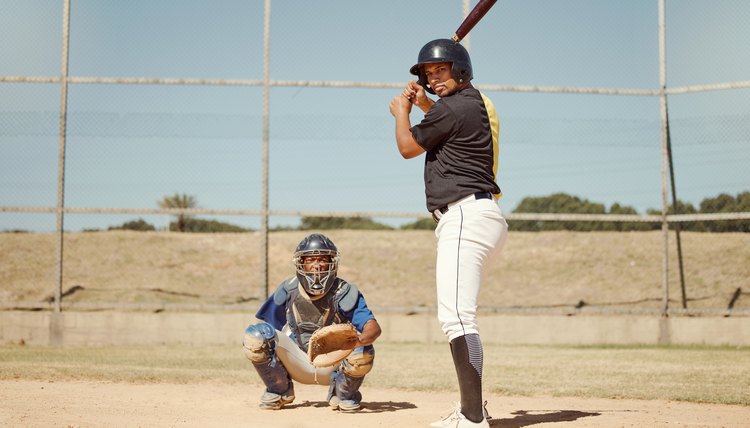
Dropped Third Strike Rule – What do we mean by the Dropped Third Strike Rule? When the catcher is not being able to catch on the 3rd strike, then the batter will be considered as a runner. However, it’s an odd case.
A strikeout happens when the batter is not able to knock the ball, and at the same time, the pitcher tosses the ball into the strike area. When the hitter doesn’t link the ball with the bat and swings, the Swinging strike applies. It doesn’t matter where the ball landed – outside or inside the zone.
Every pitcher wants to excel in their pitching style in order to make sure that they deliver throws to withdraw the hitters instantly. For this, they make use of various techniques like change-up, knuckleball, fastball, and curveball.
The strike zone can be defined as a virtual area extending from the upper edge of the batter’s pants to their shoulder’s midpoint. Positioned behind the catcher, the home plate umpire carefully analyzes each thrown ball to decide its strikeout credibility. Throughout the history of MLB, this zone has undergone many changes, notable instances being in 1950 and 1988.

The Dropped Third Strike Rule is also referred to as the Uncaught Third Strike. This regulation grants the batter the chance to progress to first base, opening up an opportunity to go in the category of runner while preventing any outs from being registered. This marks the importance of the catcher’s constant attentiveness on every pitch; any lapse could potentially lead to game-deciding run situations.
It is an unusual case that happens at the time of swinging strikes, as it could possibly affect the vision of the catcher during the period of swing-making. The moment the catcher is unable to hold the ball in the air, and it immediately falls onto the ground, the batter will run in order to make a no-out plot.
Factors Affecting the Application of the Rule
There are numerous factors that determine the application of rules, such as first base runners and two outs.
This regulation can only be applied once two outs are already recorded at the beginning or end of the specific inning. The same regulation will also be applied if there are fewer than two outs and no first-base runners.
The scenario with two outs applies universally. When two batters have already been declared out, the third batter has the opportunity to advance, no matter if there are any players on base.
The dropped ball remains active, allowing the catcher to toss it to the teammate close to first base in order to tag the batter and secure an out before they reach the bottom. Should the ball arrive prior to the batter, the batter will be deemed out.
If, in the previous base, there are runners, they can progress towards the following base.
Bases Loaded – Dropped Third Strike Rule
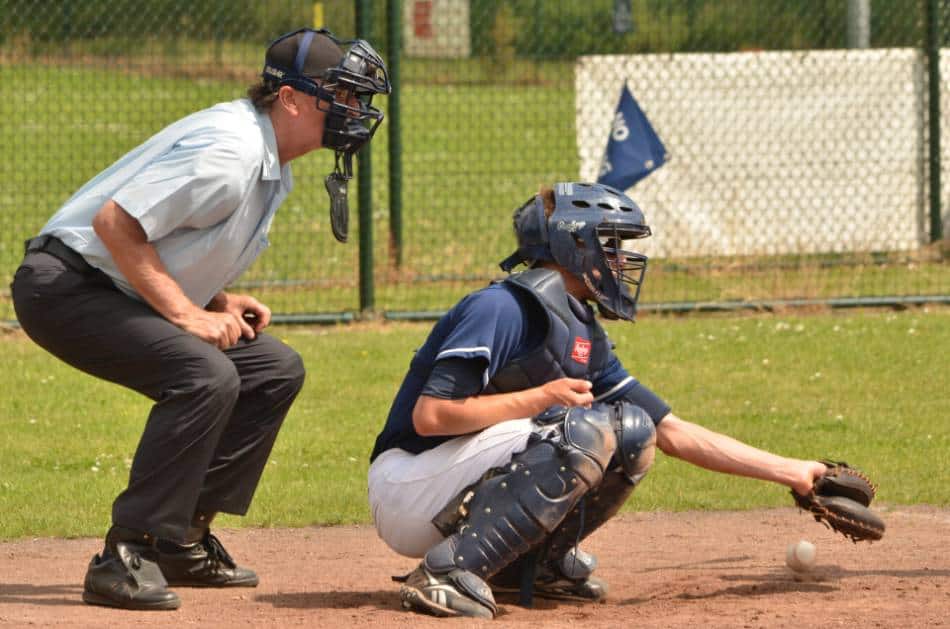
A third-strike rule is allowed only when there are two outs. But, in the genuine game, it is not practical because the 3rd base runner is required to move towards home plate, but the position of the catcher is just alongside the home plate. Before the catcher, the 3rd baseman is required to reach the home plate.
This is quite an impossible task as the catcher is positioned closely to the home plate and has the ability to reach home plate from second base and achieve a straightforward forced out. The catcher isn’t required to throw to first base, just like in other games.
Dropped Third Strike Rule – Softball
In softball, this rule comes into play when the catcher is unable to catch the ball during the third strikeout successfully. This regulation resembles that of baseball.
If there are less than two outs, the situation of baserunners will apply. If there are no runners, the batter will have the opportunity to run. Alternatively, they will be tagged out. When there are two outs, the softball batter has the chance to run to first base, even if another runner is already positioned there.
The batter must have situational awareness when the catcher drops the ball. A hitter with a discerning intellect will advance the moment the situation arises. Time management is very crucial; the distance of the base paths is approximately 60 feet, and there is still a possibility of being tagged out.
In the event of being forced or tagged out, the batter is required to proceed towards the dugout. Hence, it becomes crucial for the infielders and catchers to collaborate and compensate for the prior strikeout loss.
Batting Average Decline
Although the batter has the opportunity to reach first base after the failure of the catcher, the event will still be considered an official strikeout. Consequently, the batting average of the batters will decrease despite surviving an out.
Looking from the pitcher’s point of view, they all executed an excellent pitch; however, due to the mistake of the catcher, his inability to control the ball resulted in an error. This scenario is depicted as a fielder is unable to handle the catch during a fly-out.
Even though a pitcher delivers a dominant performance during a Perfect Game, it can be frustrating as this achievement is nullified because of a particular event. This scenario requires the batter’s inability to convert into a runner; therefore, a poor catch could disrupt the entire process.
In the case of Orioles pitcher John Means’ no-hitter game in 2021, the possibility of a perfect match was decreased because of the dropped third strike rule in MLB. This incident transpired when he had to face off against Seattle Mariners’ batter Sam Haggerty during the third inning.
Purpose of this Rule
This regulation avoids the unfair use of the double-play strategy by catchers. Catchers can sometimes exploit the game by being clever and deliberately refraining from catching the ball within their reach. Observing this, batters are prompted to make advances most of the time. Analyzing this, the runners positioned at first base also move in order to make swift progress.
By intentionally dropping the catch, they can recover it swiftly and step onto home plate to force the hitter out. Subsequently, at first base, they can make that throw to the infielder to force the runner out as well. In order to prevent repeated instances of catchers exploiting the batting, this regulation is applied.
Little League Dropped Third Strike Rule
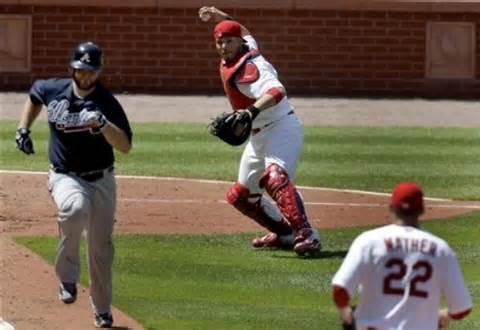
It allows the batter in order to proceed towards first base when the catcher is not able to manage the ball on the third strike.
On the catcher’s inability, that ball will be referred to as dead so that runners will have the opportunity to advance. It is not more than a plus point for the batter, but it should immediately touch first base. Otherwise, there are chances that fielders might get them tagged out.
Just like baseball and softball, Little League permits this regulation when there are no base runners or two outs before two outs.
Therefore, catchers are required to remain attentive during the third strike, so continuous practice is needed for the youngsters. Catchers can form a routine of applying the tag to the batter after every third strike, as few hitters might lack adaptable situational awareness.
Similarly, catchers should avoid high throws over the batter’s head because it can lead to visual confusion on the part of infielders and increase the chances of missed balls. Hasty decisions resulting in misdirected throws can also increase the risk of extra-base hits.

